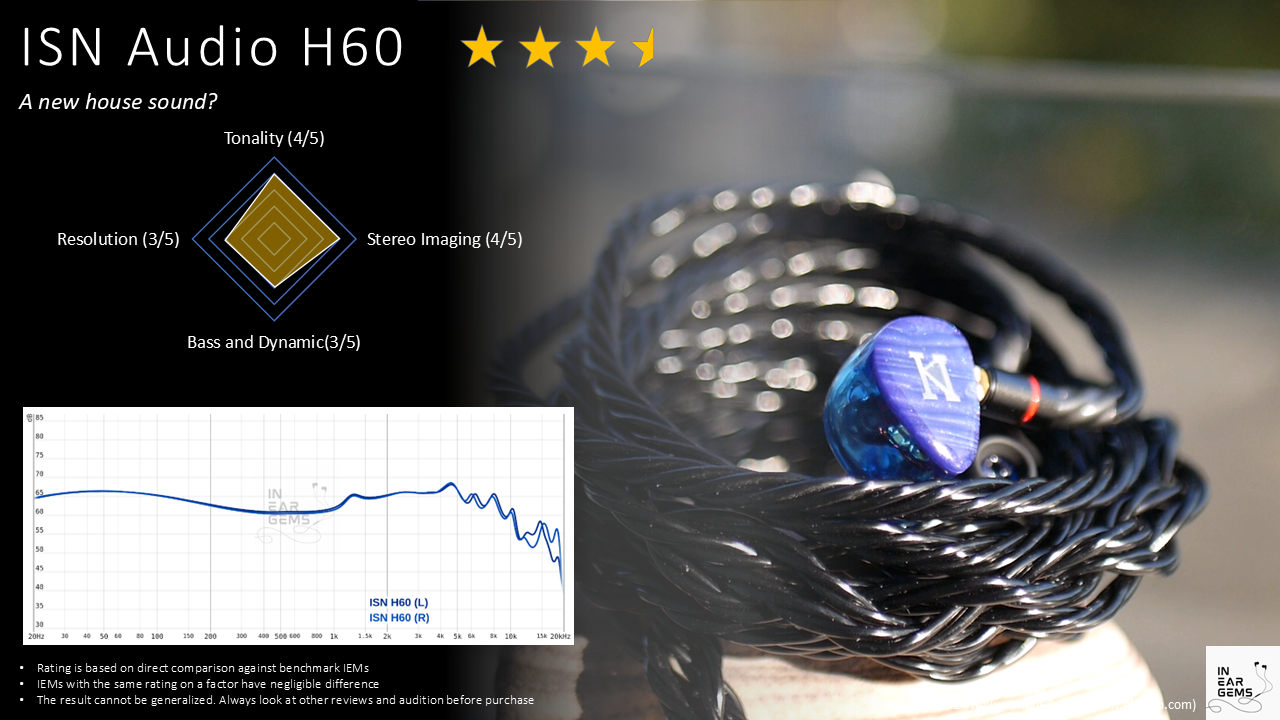ISN H60 - A new house sound?
ISN Audio H60 has received quite a bit of hype across personal audio communities. Finally, this IEM lands on my review desk. Has the hype been justified? Read on, my friends.
Forewords
- What I look for in an IEM is immersion. I want to feel the orchestra around my head, track individual instruments, and hear all of their textures and details. I’m not picky about tonality, as long as it is not make the orchestra, violin, cellos, and pianos sound wrong.
- I rate IEMs within with a consistent scale from 1 (Poor) to 3 (Good) to 5 (Outstanding). An overall ranking of 3/5 or above is considered positive.
- Ranking list and measurement database are on my IEM review blog.
- The terminology for subjective impressions in this review is based on the Audio Wheel for reproduced sound defined in the technical report ITU-R BS.2399-0
- This review is based on a personally sourced unit
- The unit retails for $349 at the time this review was published. Unaffiliated link: Penon web shop
General Information
H60 is a mid-range offering from ISN Audio, a sister brand of Penon Audio and the maker of some highly regarded budget-friendly IEMs in the last year. H60 is a 6-driver hybrid IEM with 2 dynamic drivers (DD) and 4 balanced armature (BA) drivers, arranged in a 3-way crossover design. The bass frequencies are handled by a pair of 8mm DD. The midrange is carried by 2 Sonion BA drivers whilst the treble is taken care of by 2 Knowles BA drivers. The components are housed inside hollow resin shells. As a result, the earpieces are very light.


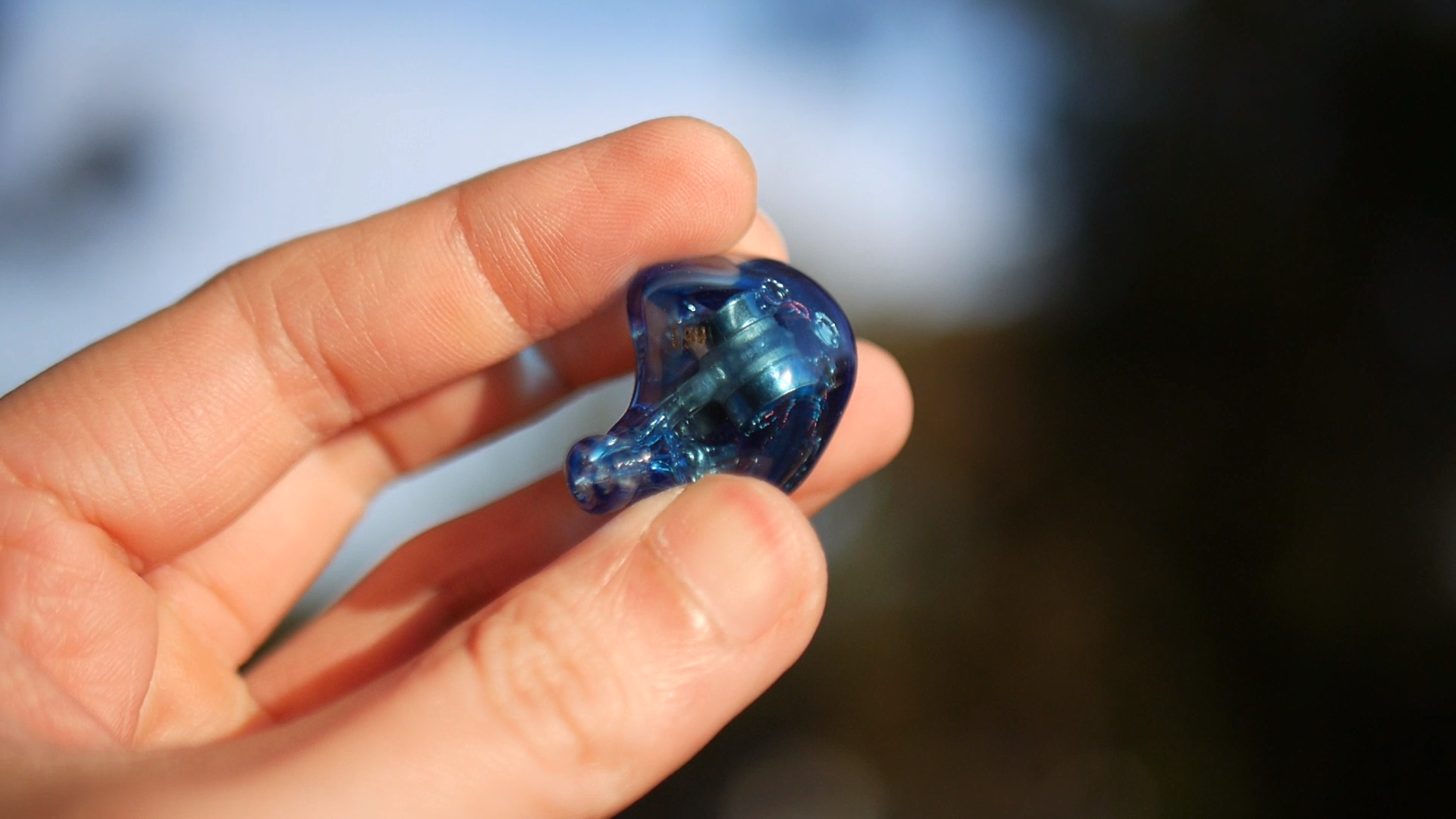
The nozzles of H60 are on the larger side. Fortunately, they have adequate length to avoid any fit problem. That said, you might need to experiment with eartips types and sizes to find the one that offer the right combination of comfort and sound quality.
I use Divinus Velvet Wide Bore eartips across my listening sessions with H60. Due to the large nozzles, my ear canal does get fatigued in longer sessions that last more than an hour. On the plus side, I did not experience any pressure build up during my tests.
Sonic Performance
Testing setup:
- Sources: L&P W4, iBasso DX300, FiiO K7
- Cable: stock ISN cable
- Ear tips: Divinus Velvet Wide Bore
The subjective impression is captured using the lexicon in the Sound Wheel below. I’ll clarify the terminology as I use them. If you want to see more details of the lexicon and related reference, please have a look at the technical report ITU-R BS.2399-0.
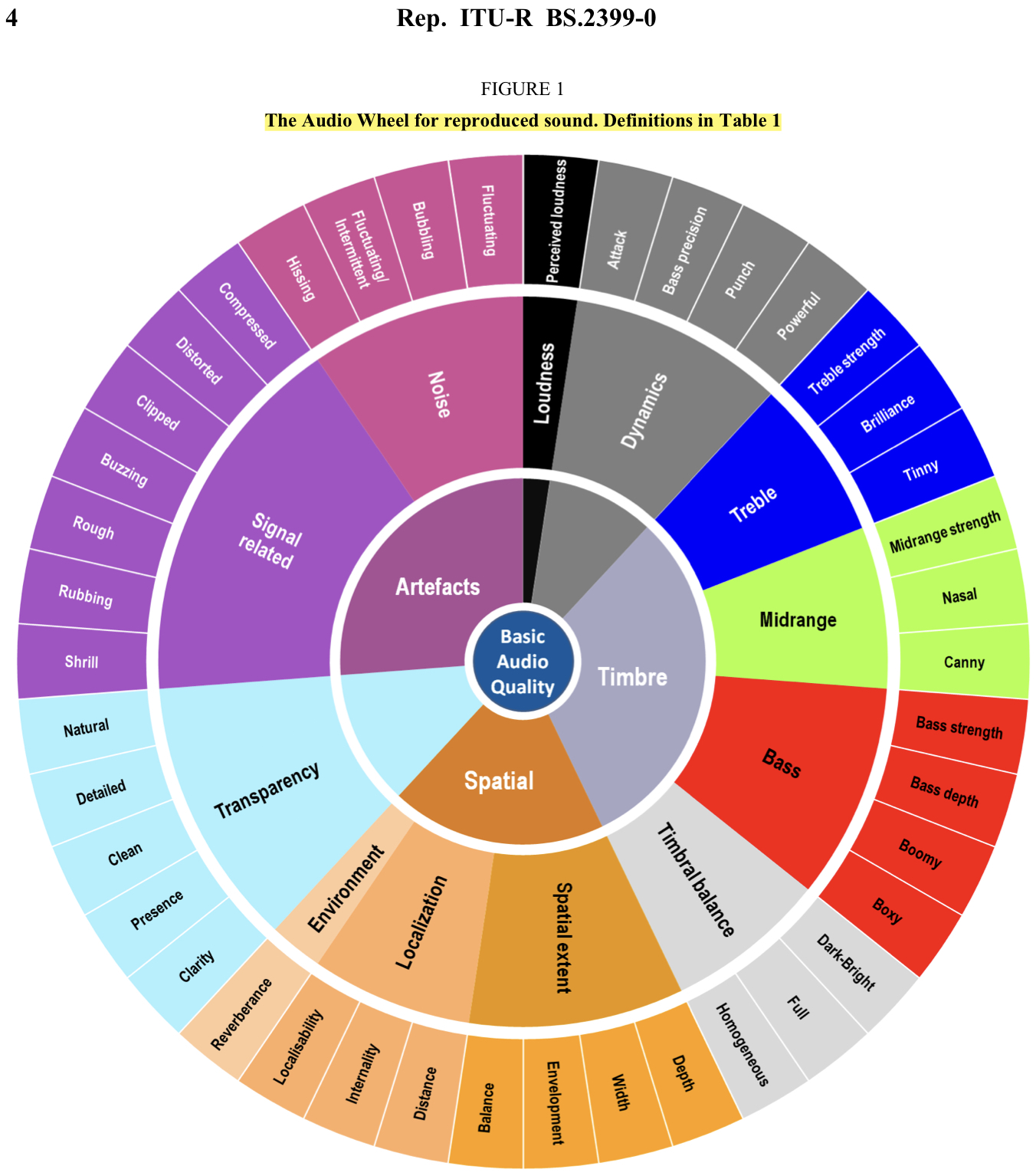
Timbre: Figure shows the frequency response of H60 against the Harman in-ear target. Measurements were done with an IEC-711-compliant coupler and might only be compared with other measurements from this same coupler. Above 8kHz, the measurement likely does not match the response at the ear drum. Visit my graph database for more comparisons.
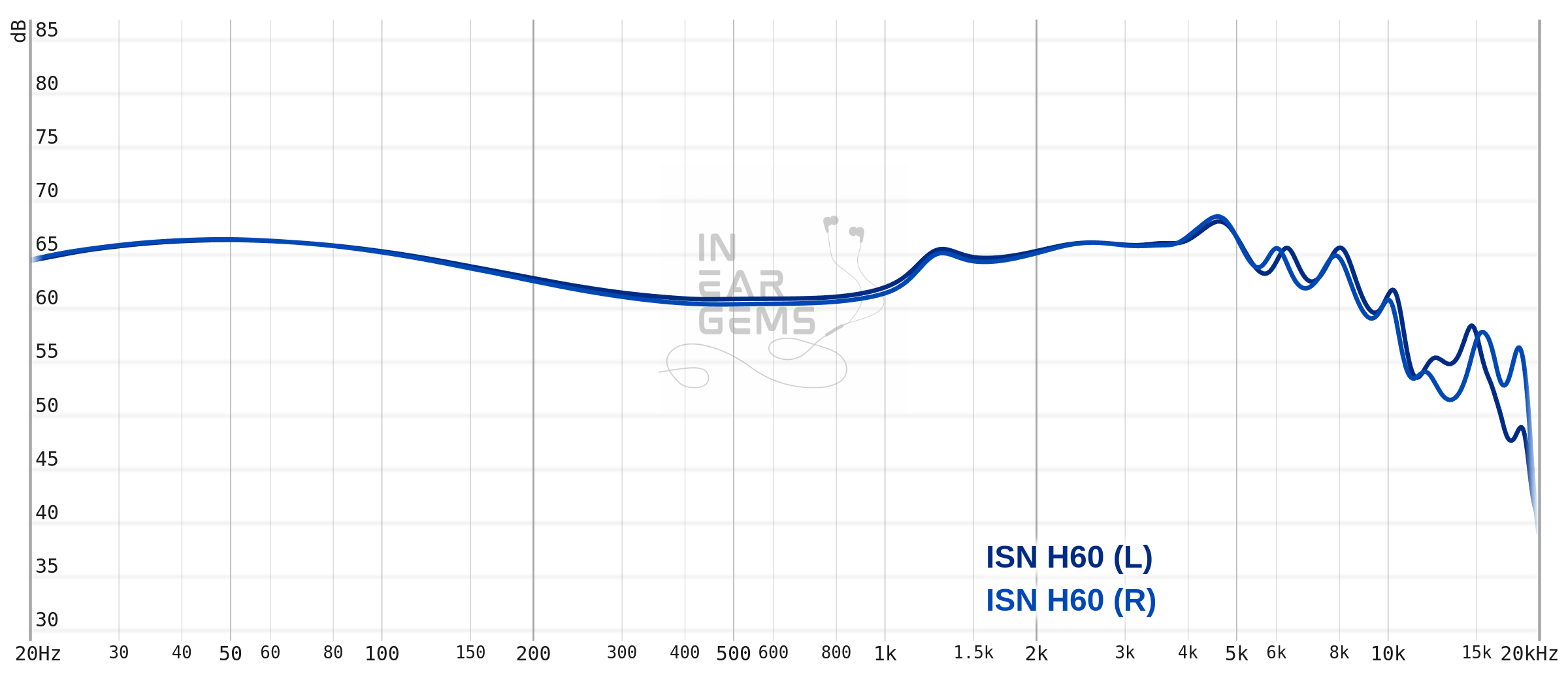
I was quite surprised when listening to H60 the first time, since it is somewhat a departure from what I consider the “house sound” of ISN and Penon, a rich and gooey and cozy sound. It does not mean H60 get rid of that cozy sound signature entirely, but it is noticeably more balanced and neutral than previous releases such as the Neo5.
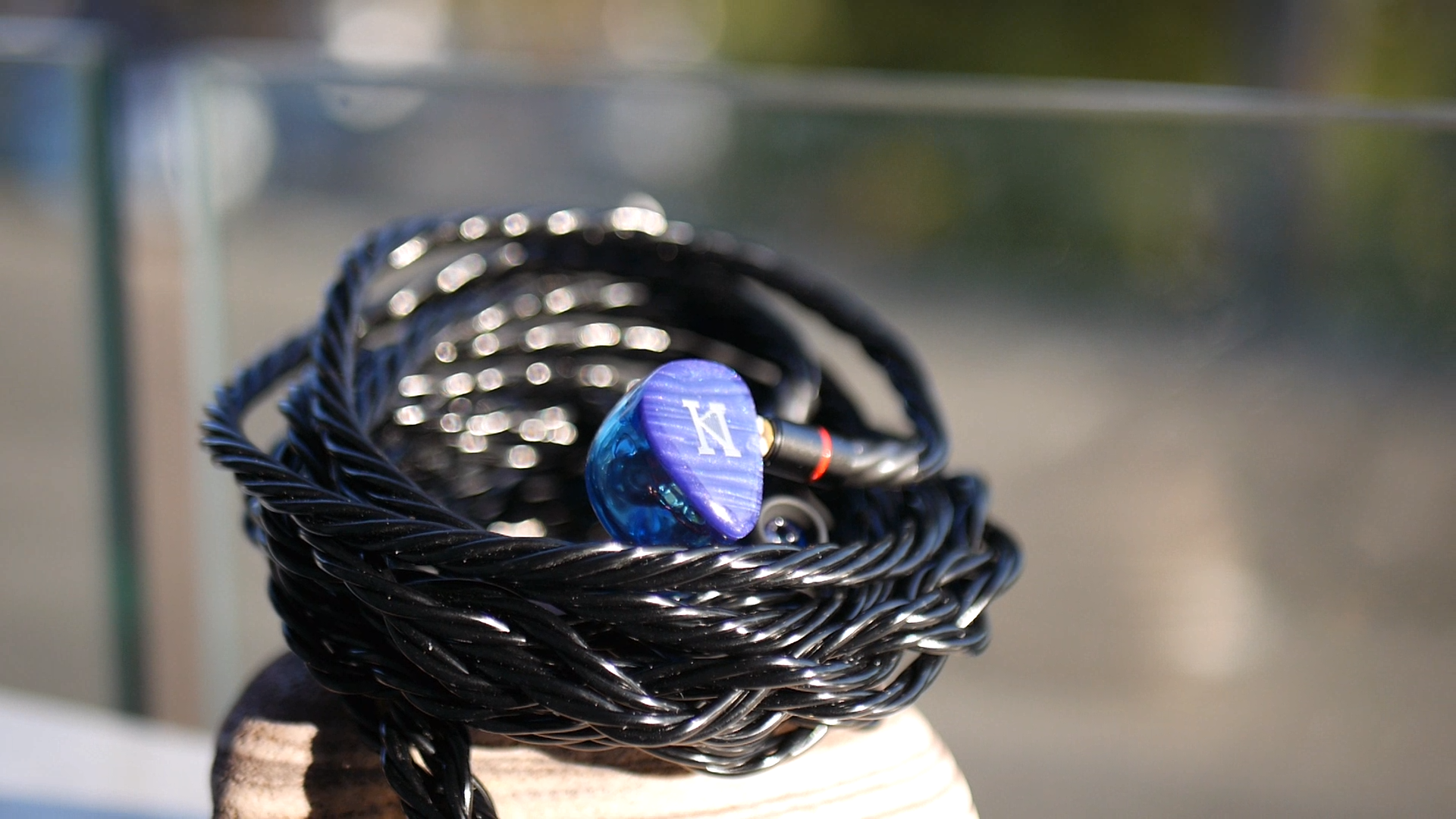
The tonal balance of H60 can be described as neutral warm with boosted bass. It means when I listen to an entire audio mix at the same time, such as Dreamlang Express by John Denver, I found bass guitar to be more prominent (boosted bass) without overwhelming the rest of the mix. The midrange elements such as the voice of John Denver, background singers, and the guitars are prominent without overpowering the rest of the mix. In the same vein, the treble instruments such as cymbals and hats in Playing God by Polyphia do not overpower the mix yet, at the same time, does not sacrifice their energy and volume in the mix. H60 also handles sibilant tracks such as Shivers by Ed Sheeran as expected. It does not make the track worse, but it does not tame the harshness of this track too much.
Zooming into the midrange, I hear a subtle, pleasant warm hue casting across voices and instruments. H60 achieves this warmth by (1) subtly lift the 250Hz region by a few dB and (2) limit the ear gain boost from around 2kHz to a conservative amount of 6dB. This approach stands in stark contrast against the usual approach of lifting every frequencies below 1kHz, which tends to cast thick veil that smother voices and instruments across the frequencies. The approach taken by H60 creates a correct-yet-pleasant midrange, which I find superior.

The treble of H60 is where it slightly slips. On the plus side, the tonality of higher pitched instruments do not raise any immediate alert. For example, the hand claps section at the beginning of Synchro BOM-BA-YE by Tokyo Kosei Wind Orchestra, a section where any imbalance in the treble would stand out immediately, was produced without any significant problem by H60. However, closer inspection of the upper midrange and treble of H60 reveals some cracks. Firstly, the brass instruments lack the brilliance and “shine” that I expected. This problem could be due to the more subdued upper midrange of H60.
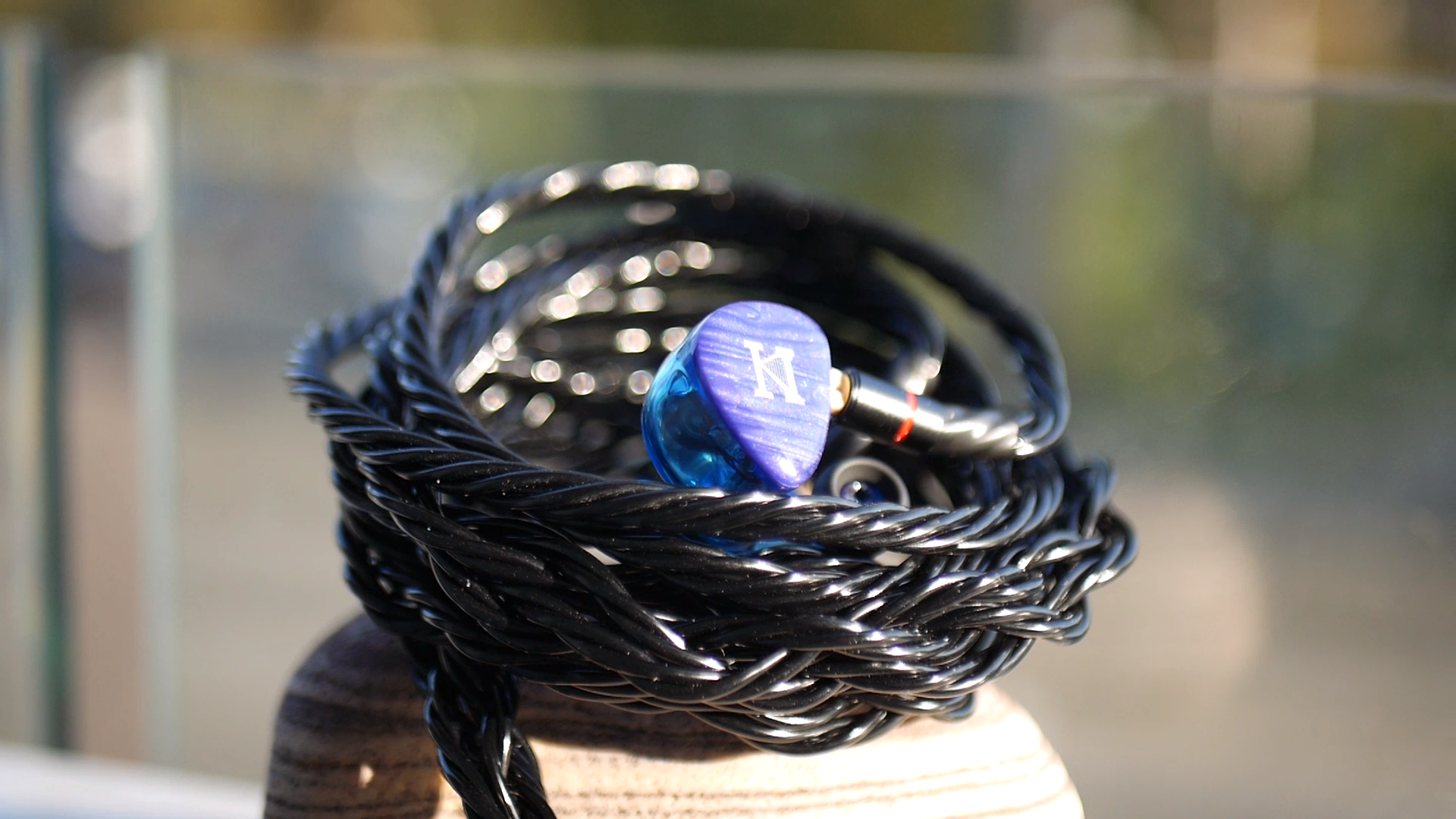
This lack of brilliance and “shine” was also observed in cymbals and hats. The drum focused section that features a lot of cymbals and hats around 1:50 in Playing God by Polyphia highlight this problem. Simply put, the these instruments sounds truncated, as if there is too much of the stick impact without the necessary body and decay to accompany it. Looking at the graph, the small peak at 5kHz followed by a rolled off treble response could be culprit.
Bass and perceived dynamic:
The bass of H60 is good, though lacking a bit of power to be truely outstanding. Let’s talk about the good side first: the bass of H60 feels tight and quite powerful. Attacks of bass notes feel focus and immediate. At the same time, the bass attacks pack decent sense of physical thump, preventing it from sounding hollow.
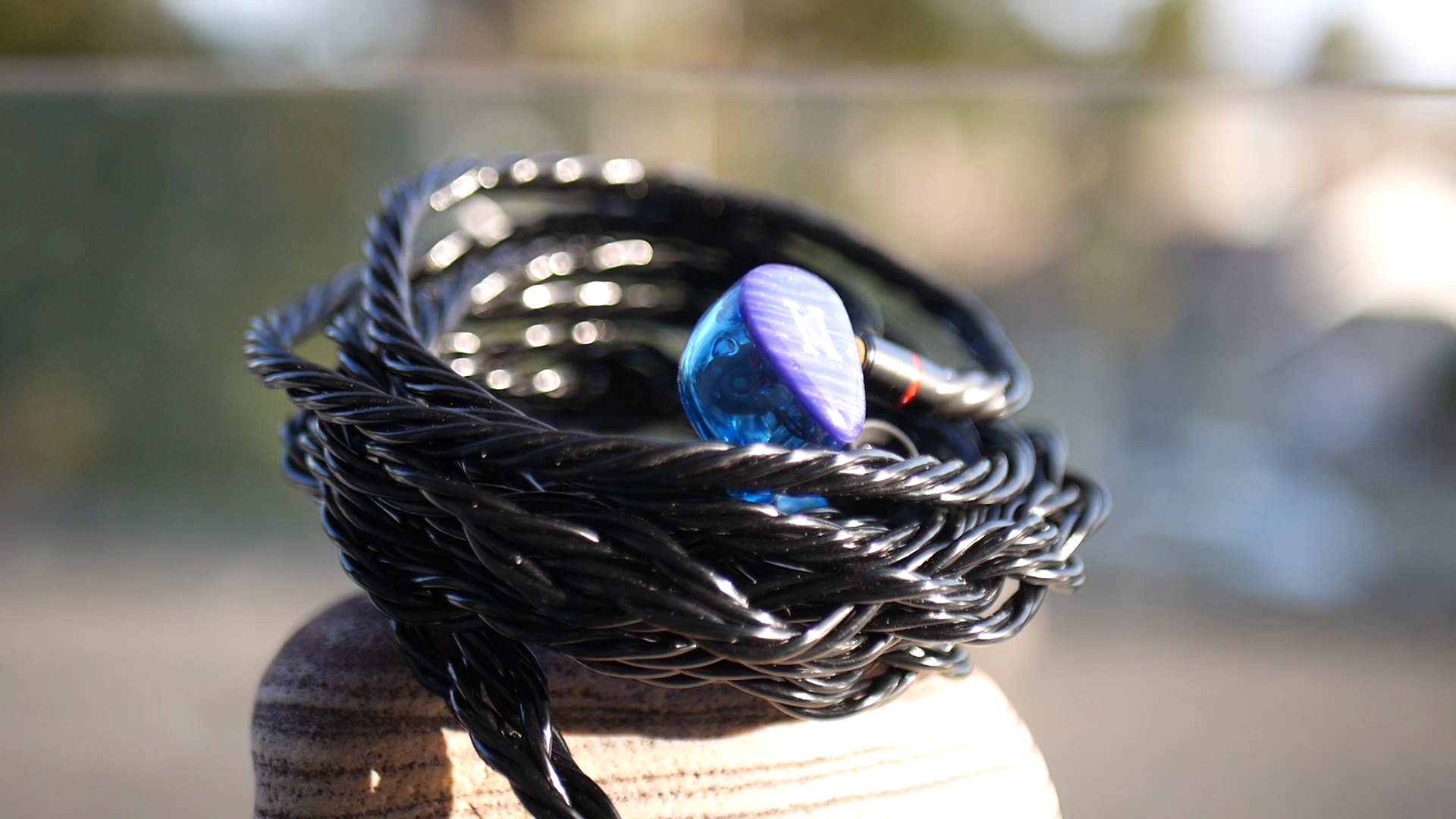
On the other hand, there are moments when H60 fail to convey the subbass rumble, such as the drop around 5:20 in Rengoku Theme cover by Samuel Kim. This track also highlights another problem with H60: it simply fails to convey the expected energy carried by the beat and the rhythm of the track. It feels like the dynamic swings of H60 (loudness jumps) are not distinct and prominent enough. The problem persisted even when I turned up the volume. H60 simply sounds louder rather than becoming more dynamic. The bass texture is only average in the grand scheme.
Resolution:

H60 does not exaggerated the attack edge of the notes via treble peaks to enhance the sense of clarity in an artificial way. That said, it still sounds quite clear and can present larger orchestral music such as A Town with an Ocean View by Joe Hisaishi with minimal smearing between instruments. The instrument separation only falters in more tricky tracks such as Now We Are Free by 2CELLOS, where the lower midrange is tightly congested by two cellos, the whole cellos section, and the doublebasses.
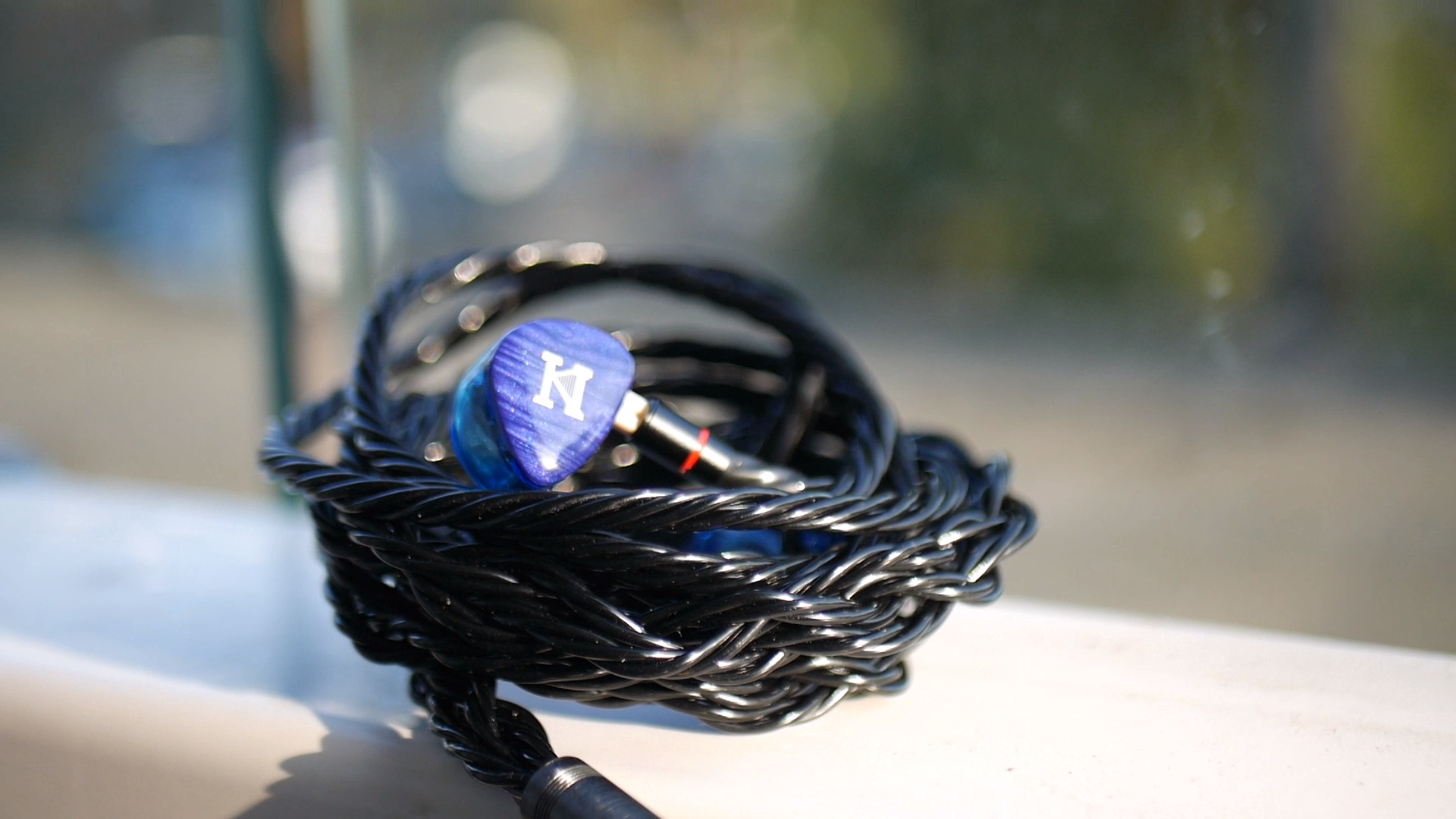
When I put the resolution of H60 into a scale by comparing it with my benchmark IEMs, I found that H60’s resolution is good, but not great. Whilst it matches or exceeds good IEMs such as Moondrop Blessing 2 in terms of the overall presentation and separation of instruments in a mix, it lacks the nuances and micro details that I can hear from a more resolving IEM such as Andromeda 2020 when listening to the same track.
Stereo imaging and soundstage:

The soundstage and imaging is an area where H60 does a competent job. Orchestral recordings such as A Town with an Ocean View feel spacious and open, with instruments spreading around on the soundstage rather than tightly distributed around the phantom center inside the head. I found that the soundstage has more width (left to right) than depth (front-to-back). Fortunately, it does not sound distractingly flat and 2D.
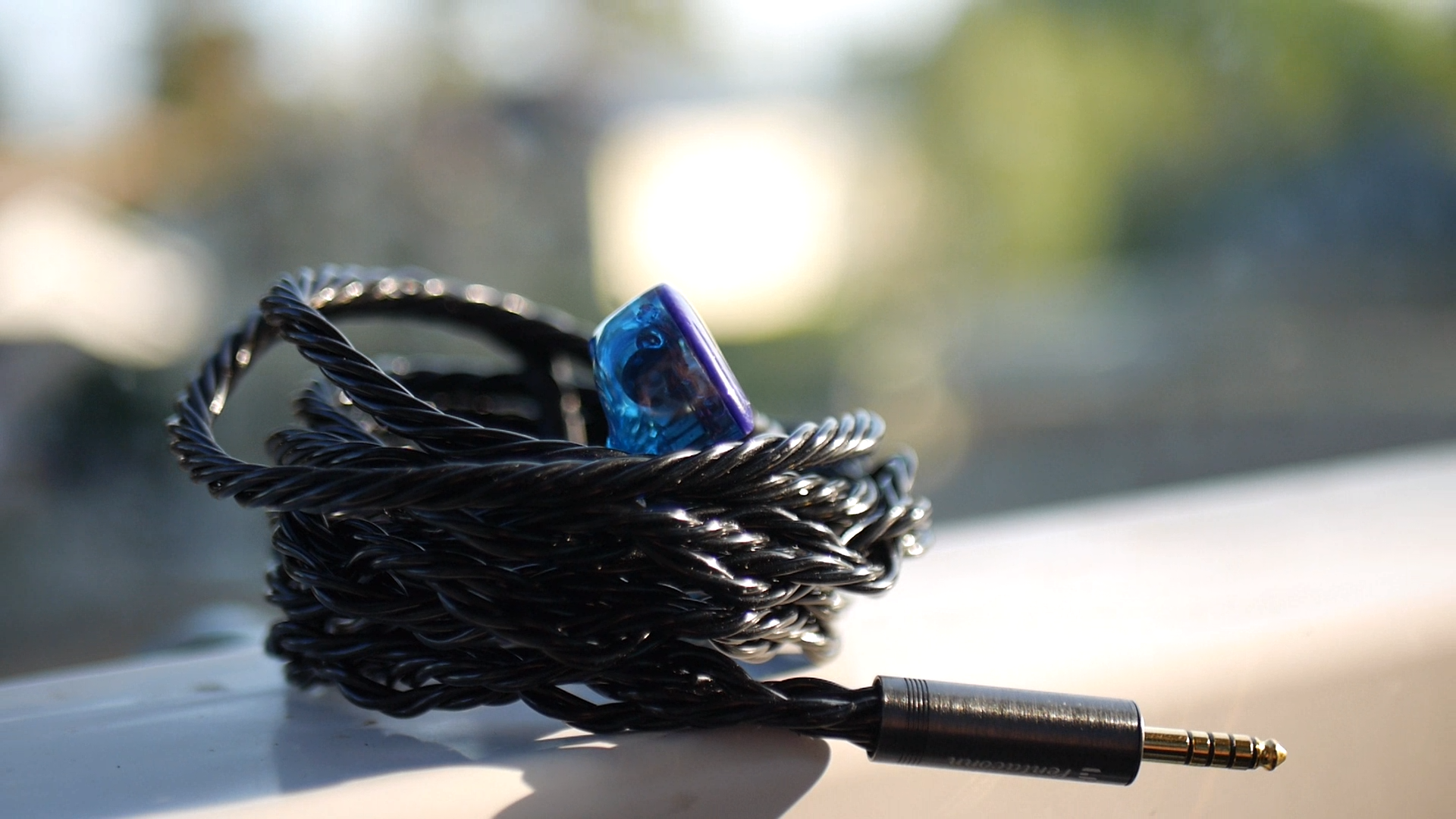
The sound positioning of H60 is good, but not outstanding. In FPS games, I can get a sense of overall direction and distance of the sound, even if the sound come from behind. However the positioning does not feel tack sharp and precise.
Selected Comparisons
Vs AFUL Explorer: Explorer is a 1DD+2BA hybrid IEM from the Chinese manufacturer AFUL. The reason I brought this IEM out for comparison is because from memory, H60 reminds me of Explorer as both are warm-tilted IEMs. It turned out I was wrong. They are more different than alike. The first thing I notice is how much more muscular the presentation of Explorer is due to extra subbass. In back to back A/B tests, H60 feels more midrange focus.
The treble is also quite different between these two IEMs. Cymbals, hats, and chimes sound more shimmery with H60 due to the fact that they are more present in the mix. On the other hand, when I focus on those instruments, I find that they sound more refined with Explorer, both in terms of the clarity of note attacks and details in the decay. In terms of the soundstage, Explorer has an edge when it comes to depth, whilst H60 sounds wider.
Conclusions
Writing a conclusion about H60 has been tricky, since it both exceeds and falls short of what I expected. For example, the tonality was great, making most vocal music a joy to listen to. The bass was tight and thumpy. On the other hand, I expected … more. More dynamic, more details, more refinement in general. Is it an unfair expectation? It’s hard to say in an ever moving landscape of IEM market. Still, if you are listen to a lot of vocal music and you like the cozy house sound of Penon and ISN, the new signature of H60 is worth an audition. Instead of ending the review with usual technicalities, let me end this one with a track that I love to listen with ISN-H60
What I like about this IEM:
- Pleasant neutral-warm tonality
- Decent Resolution
- Wide soundstage
- Tight, thumpy bass response
What could be improved:
- Stage depth could be improved
- Micro details could be improved
- Treble could sound a bit splashy and truncated with some recordings
- Dynamic and the sense of rhythm can feel a bit lacking with some tracks
Absolute Sonic Quality Rating: 3.5/5 - Good
- Timbre and Tonality: 4
- Bass and dynamic: 3
- Resolution: 3
- Soundstage and imaging: 4
Bias Score: 4/5 - I like this IEM
